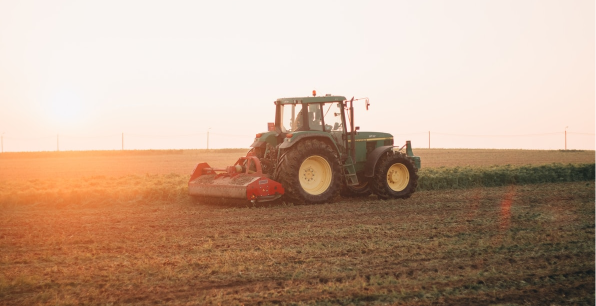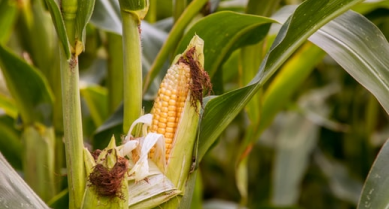Are you looking at data incorrectly?
A new way of exploring data could half R&D timelines. Linked-Data Explorer, an interactive tool, lets you visually explore links between elements of the agri-food system, accelerating the creation of analytics, artificial intelligence (AI) and decision support tools.
“You may have been looking at data in the wrong way,” says Dr. Matthew Smith, Chief Product Officer at Agrimetrics. “Data is normally viewed in a dataset, but this is often not the most effective way.”
Traditionally, there are three ways that the links between data are viewed:
- Dataset-centric: such as whether the properties of one dataset make it compatible with another or appropriate to use. The view is the most common view, exemplified by Agrimetrics’s Data Catalogue.
- Spacetime-centric: whether data can be related according to physical space and time. This view is represented through map-based services, including Field Explorer.
- Domain–centric: where data can be related via real-world concepts, such as a crop, a cow or item of food
“The domain-centric view is underused,” continues Matthew. “But it’s vital for overcoming complex challenges such as yield predictions, end-to-end traceability and carbon accounting. This led us to create Linked-Data Explorer.”
Linked-Data Explorer lets you explore data by concept – not dataset – and will flag other information relevant to the thing you searched for. In the case of a growing crop, that could include weather forecasts from the Met Office, satellite imagery from Airbus, crop growth and drought risk calculations from researchers, soil chemistry, or social media data (coming soon).
“This saves a huge amount of time for users, whilst alerting them to data they may not have known was relevant – or even exist,” continues Matthew. “However, the most exciting benefit is that in future artificial intelligence (AI) will be able to operate over these data, uncovering dangers and solutions that we didn’t even know to look for.”
Predicting Drought with Artificial Intelligence
Linked-Data Explorer, the name given to the tool, includes several illustrative examples of linked-data in use. This includes a calculation for evapotranspiration, which is a vital element of assessing drought risk used by both the agricultural and insurance sectors.
“80% of the World’s crop failures are water-related,” says Matthew. “With access to the right data, this number can be significantly reduced.”
Leaf Area Index (LAI) – a measurement derived by AI from satellite imagery – solar insolation, rainfall, temperature and soil type are some of the data involved in the calculation. They come from datasets owned by Natural England, The Centre for Ecology and Hydrology (CEH), Airbus, The Environment Agency and Agrimetrics itself.
We’ve reduced a process that could have taken months to hours or even minutes
“Without Agrimetrics and Linked-Data Explorer, a grower or researcher or broker would have to identify what data he or she needed, tracked the individual datasets – which are often poorly advertised, negotiate with the owner, and then transform all of that data into something usable. This process could take months – we’ve reduced it to hours or even minutes.”
You can access Linked-Data Explorer here.

Artificial Intelligence (AI) has helped reduce farm water and energy costs by up to 30%, according to the European Space Agency
Other articles that might interest you

AI identifies crops from space with 90% accuracy
Agrimetrics launches CropLens AI, a proprietary algorithm that identifies crop types from space.

ClearSky: Cloud free satellite data for agriculture
ClearSky's artificial intelligence removes a major barrier to the efficacy of satellite

ClearSky: Cloud free satellite data for agriculture
ClearSky's artificial intelligence removes a major barrier to the efficacy of satellite

Agrimetrics partners with Airbus to reduce cost
Crop Analytics, a crop and field analytics package from Airbus, is now available at a new, lower price.



